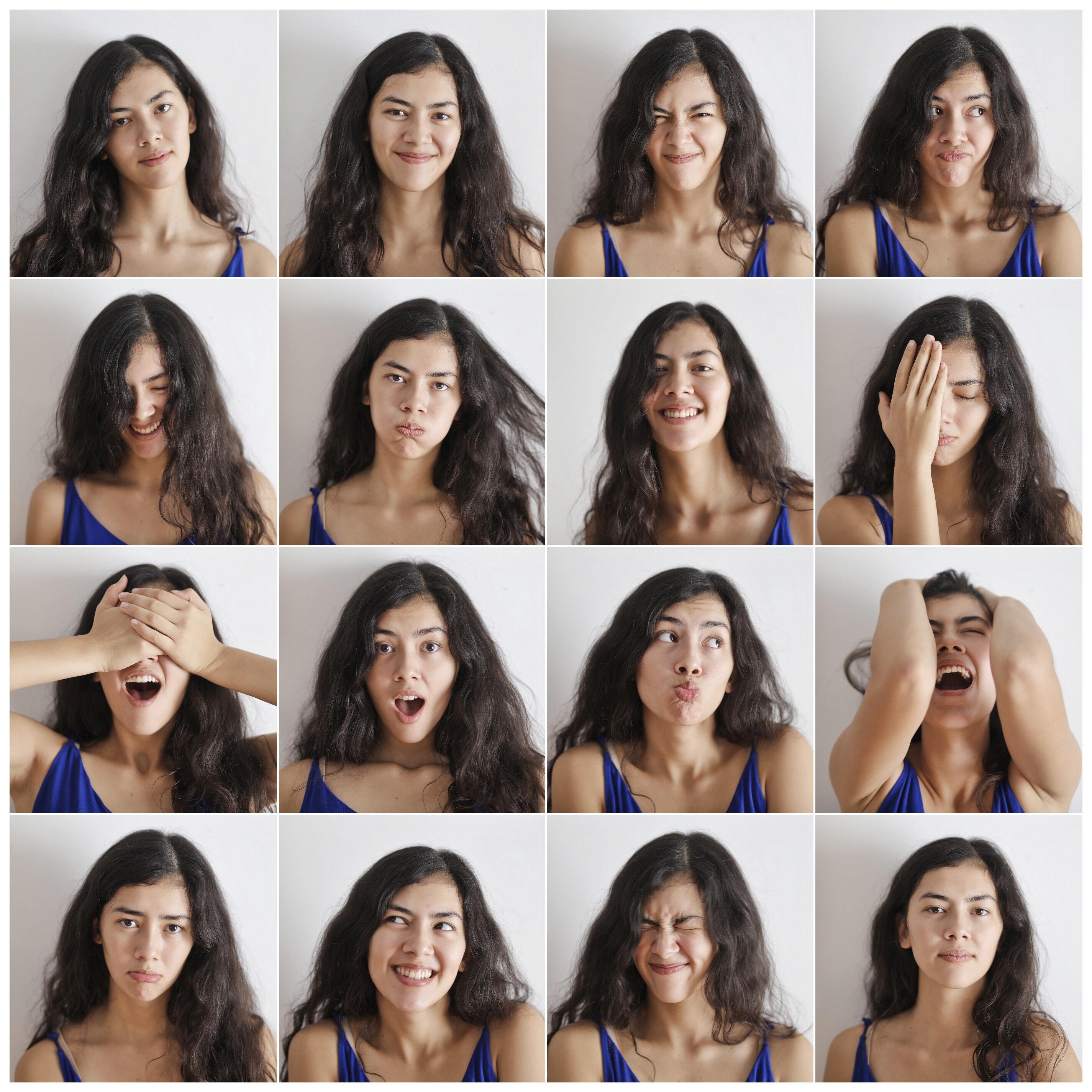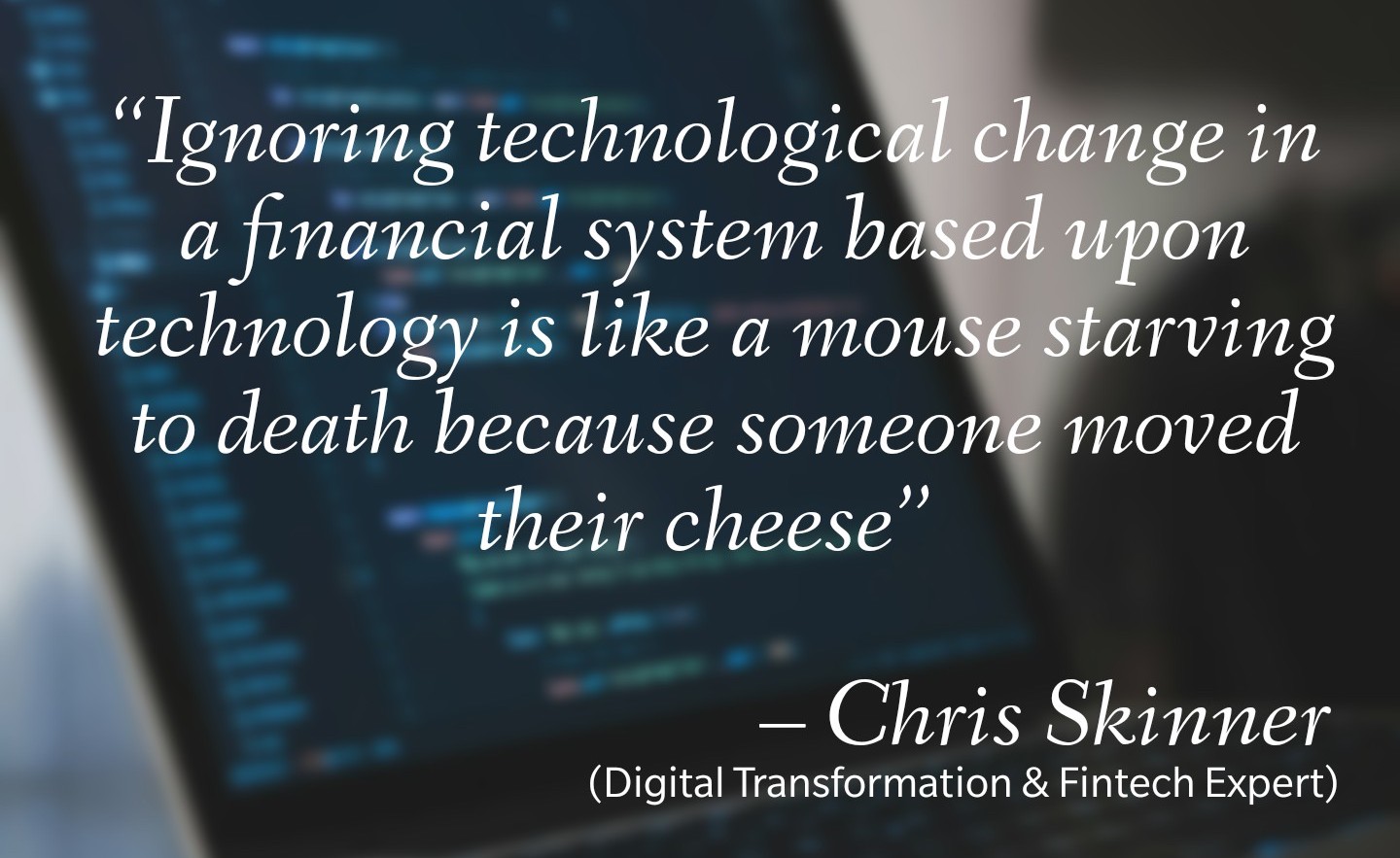On the other hand, there is a universalizing impulse - based on a legitimate assumption, human bodies are sufficiently similar pertaining to their nature towards vaccines, pasteurizing processes, illness etc. But, after a cumbersome research, one more important & universal impulse came into the picture.
Whether there is a funeral procession in England that is taking place, or few children playing in a small village in South Africa or there are outrageous protests going on in some part of India, the humans of various nationalities & having the influence of altogether different cultures and upbringing, tend to use variations of the same pool of facial expressions in similar social contexts such as happiness, anger and disappointment.
A recent study by UC Berkeley, (published on 16th of December, 2020) confirms the universality of human emotional expression across geographic and cultural boundaries at a time when nativism and populism are on the rise around the world. The results showed that people from different cultures share about 70% of the facial expressions used in response to various social and emotional situations.
The findings of this tedious study reveal how strikingly similar people from different corners of the world are while expressing emotions related to the most meaningful contexts of their lives. The human face ranks at the very top of the hierarchy of things the eye is immediately drawn to. If a face is visible in a given composition, the very first thing we look at is its expression. The body expresses action, but the face is the most explicit window into someone’s inner life.
How was the study conducted?
Researchers at UC Berkeley & Google deployed a “deep neural network” for the thorough analysis of around 6 million YouTube video clips, uploaded by people from 144 countries spanning North, South & Central America, Africa, Middle East, Asia & Europe.
“This is the first worldwide analysis of how facial expressions are used in everyday life, and it shows us that universal human emotional expressions are a lot richer and more complex than many scientists previously assumed,” said study lead author Alan Cowen, a researcher at both UC Berkeley and Google who helped develop the deep neural network algorithm and led the study.
Why was the study conducted?
The revelation of similarity in facial expressions will be carried to promote cross-cultural empathy & numerous other potential applications such as helping people suffering from autism to recognise the facial expressions easily. Through the 43 different face muscles, thousands of unique expressions can be made, tracking of those emotions will lead to better understanding of the entire humanity as a whole.
The physical display of our emotions may define who we are as a species, enhancing our communication and cooperation skills and ensuring our survival.





